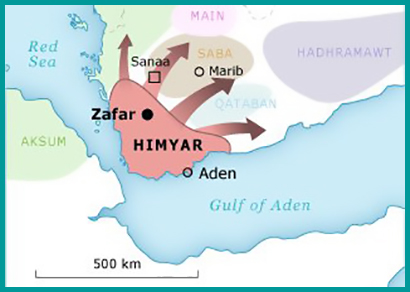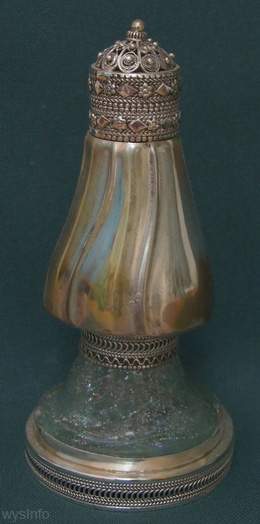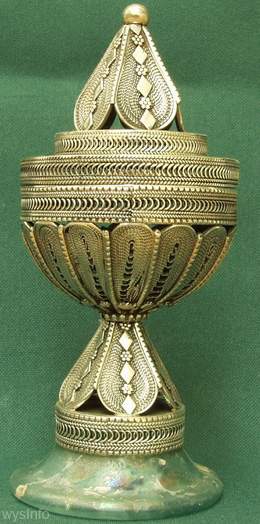This page provides a brief description, in a simple story book format, of some of the main events during the long history of the Jews who lived in Arabia and Yemen.
Also in the Jews of Yemen Docuweb:

Missing Children
Affair
_______________
 Relations with
Relations with
their Local Neighbors
________________

Yemenite Jews &
American Colony
________________
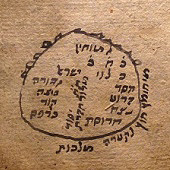 Links with
Links with
Other Jewish Centers?
________________
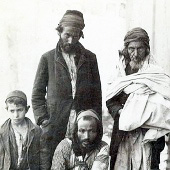 Early Immigration
Early Immigration
________________
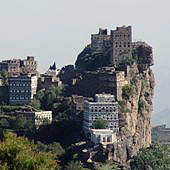 A Brief Background
A Brief Background
About Yemen
________________
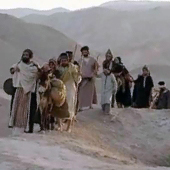 When did the Jews
When did the Jews
Arrive in Yemen?
________________
 Customs, Culture and
Customs, Culture and
Folklore
________________
 Kinneret and Yemenite
Kinneret and Yemenite
Pioneers
________________
 Personal Stories
Personal Stories
________________

Operation 'On Wings
of Eagles'
________________
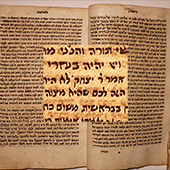 Jewish Scholars
Jewish Scholars
of Yemen
________________
Quick Summary of the History of Jews of the Arabian Peninsula
Below you see a timeline with periods of interest and highlights of some of the events that happened during those time periods. You can find more details about the history and culture of the Jews of Yemen, and some personal stories, in our full Docuweb on the Jews of Yemen.
Timeline
Around 1000 BCE
BCE refers to ‘Before Common Era’.
Christian historians use BC which refers to ‘Before Christ’.
The Highlights
In ancient times…
Many scholars believe that Jews arrived in the Arabian Peninsula, from the land of Israel, as far back as the time of King Solomon when he made an alliance with a land called Saba (Sheba).
The alliance is described in the bible story about King Solomon and the Queen of Sheba.
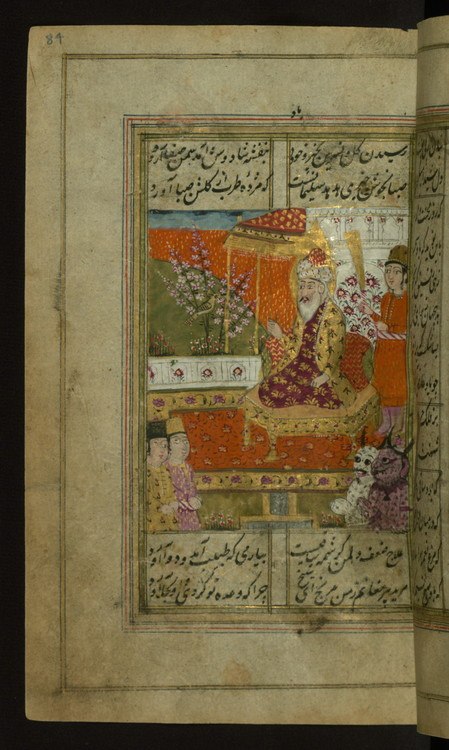
Collection of poems (diwan) by Shams al-Dīn Muḥammad Ḥāfiz al-Shīrāzī – showing King Solomon and the hopoee who brought news from Sheba 
Illustration of Queen of Sheba by Conrad Kyeser (c.1405)

“When the Queen of Sheba heard how wonderfully the Lord had blessed Solomon with wisdom…she arrived in Jerusalem…
***********************
Timeline
During Early Biblical Times
From
Around 1000 BCE until around 700 BCE


…Merchants and Traders…
During this period, the Jews who chose to live in the Arabian Peninsula were probably merchants and traders.
Biblical references suggest that they were successful and influential, and that they helped to develop and promote economic ties between Israel, Arabia and the area we know as Yemen.
They traveled back and forth across roads and camel paths that eventually came to be known as the ancient ‘Incense and Perfume Route’.
Follow this link for more information about the Ancient Incense and Perfume Route
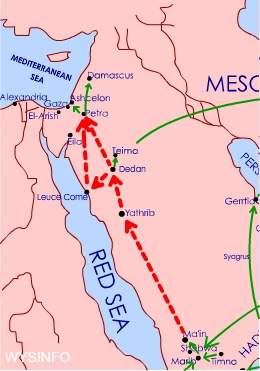
Map of ancient incense route from Arabian Peninsula to Mediterranean Sea 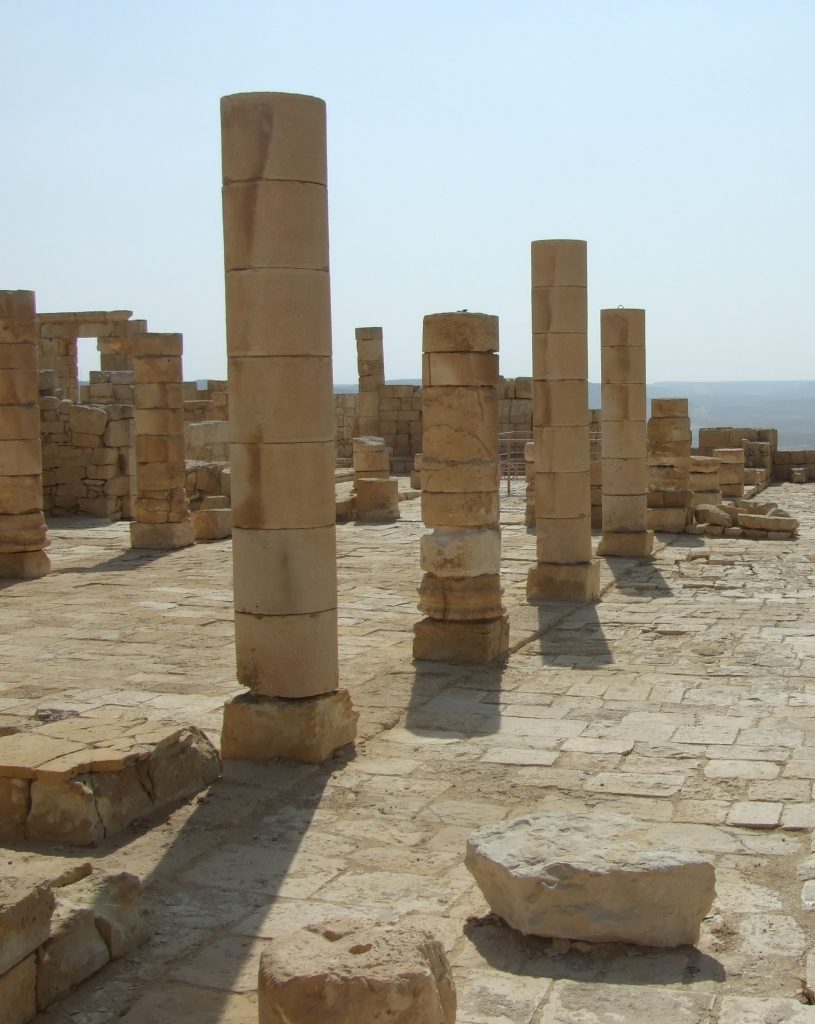
Avdat – One of the stations along the ancient incense and perfume route
***********************
Timeline
From at least
700 BCE


…Jews escaped to the Arabian Peninsula…
In 722 the Assyrians conquered Israel. In 587 BCE the Babylonians attacked Jerusalem and destroyed the first Temple.
During these difficult and dangerous times, Jews fled to many different areas outside of the Holy Land.
Some Jews at this time moved to the Arabian Peninsula. These new arrivals joined a community of Jews that already lived in the Peninsula.
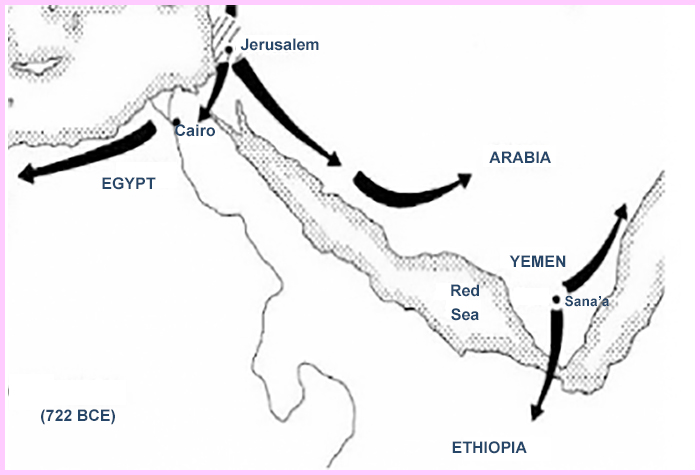
***********************
Timeline
Around 300 BCE

…Archaeological Proof in Stone…
There is archaeological proof that Jewish communities existed in Yemen at least as far back as 300 BCE.
For example, people have discovered ancient gravestones written in Hebrew.
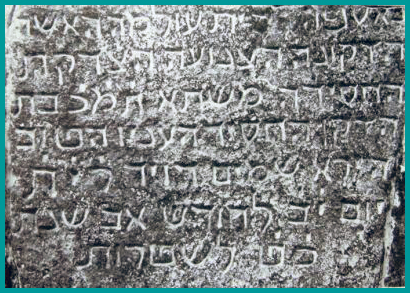
***********************
Timeline
Around 70 CE
CE refers to ‘Common Era’
Christian historians
use ‘AD’ – which refers to the Latin term Anno Domini – “in the year of the Lord” ’
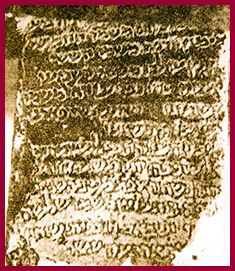
…Records that refer
to the 2nd Temple
Period…
There are also records, engraved in stone, which tell a little bit about the story of the Jews of Yemen.
A stone was found that appears to have a list of names of priestly families. These families, it is believed, escaped together with others from the holy land to the Arabian Peninsula after the Roman Empire conquered Jerusalem and destroyed the 2nd Temple.
The list engraved on the stone contains the names of priests who were responsible for maintaining and upholding ritual activities in the 2nd Temple of the Jews in Jerusalem.
***********************
Timeline
By 380 CE
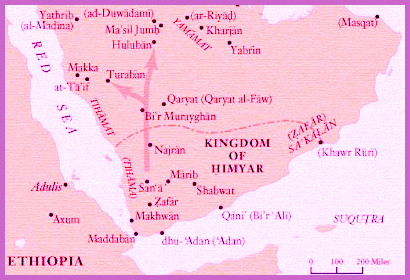
https://www.tabletmag.com/jewish-arts-and-culture/books/140366/himyar-yemen-al-qaida
…Influential and Respected…
By around the year 380 CE the Jews of Yemen were prosperous and respected.
The Jews at this time were so influential that the king of Himyar in Yemen decided to convert to Judaism.
Most of his court joined him and it was then considered a Jewish kingdom.
In 525 CE the Aksum Kingdom conquered Himyar (Aksum is shown in green on the map under the timeline. Today it is Ethiopia).


… Jewish Tribes of Arabia were strong and prosperous…
The Jews of the Arabian Peninsula grew into strong and prosperous tribes and lived alongside other tribes of Arabia.
For example, the Banu Nadir and
Banu Qurayza were sub tribes of
al-Kāhinān (associated with the Cohanim). These tribes made up the majority population in the city of Yathrib and they also lived in a fortress called Khaybar, about 150 kilometers (93 miles) from Yathrib.
Follow this link for more about the Jews and their relations with others in Arabian Peninsula

***********************
Timeline
In 622 CE
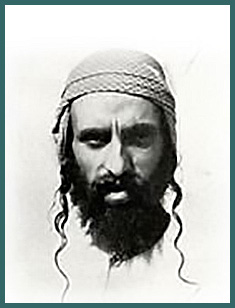

… Muhammad’s army battles against Jews of Yathrib…
Around 622 CE there was a battle between the army of Muhammad and the Jews of Yathrib.
Muhammad wanted all of the tribes of Arabia to join him and convert to Islam. The Jews of Yathrib refused to convert and would not join Muhammad.
The Jews were forced out of Yathrib and many fled and secured themselves in the Khaybar fortress.
After the conquest of Yathrib, Muhammad changed the name of the city of Yathrib to Medina, and he proclaimed that only Muslims could live there.
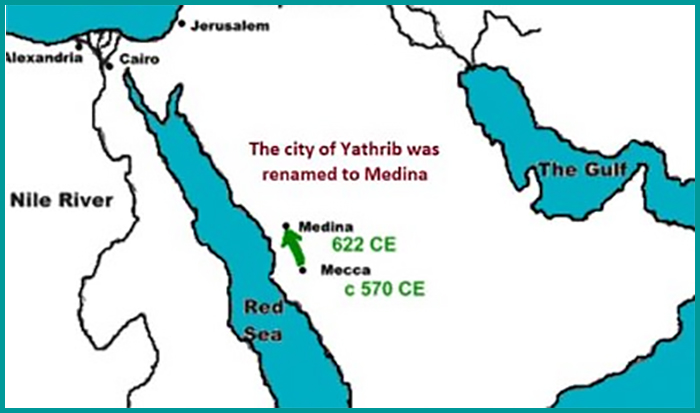
***********************
Timeline
From the rise of Islam
Around 622 CE
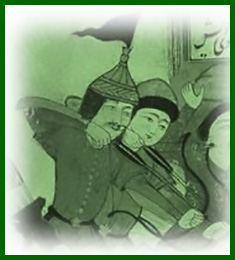

… Jewish Tribes of the fortress of Khaybar…
The Jewish tribe of Banu Nadir, which moved to the fortress of Khaybar, was a respected and strong tribe of Arabia. Together with many other Jewish and pre-Islamic tribes, they continued to resist Muhammad’s call.
As a result, in 628 CE, there was another battle between Muhammad’s army and the Jews, this time at the Khaybar fortress.
Jews who survived this battle were either taken as slaves or forced to flee to other areas.

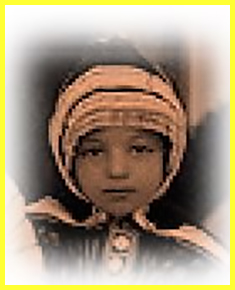
… Jewish Population of Yemen…
Jews lived in many different villages and cities in Yemen. Hundreds of Jewish villages were built, mostly in the highlands, up as far as northern towns like Sa’dah.
There was also a group that settled in the southern area where Aden was eventually built as a small port town. The largest group of Jews moved to the city of Sana’a.
The prosperity and well-being of the Jews changed based on the attitude of the rulers of each period – some were tolerant and the Jews prospered; some were hostile and the Jews suffered.
***********************
Timeline
Throughout the years
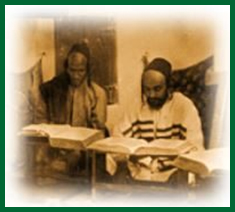

… Jewish Scholars of Yemen…
During both the good and difficult times, the Jews in Yemen developed and maintained centers of learning. These were responsible for the well-being of the community and the continuation of the religion and traditions across the entire area.
The largest and most influential learning center was located in Sana’a.
Follow this link for more about the Jewish Scholars of Yemen

***********************
Timeline
Introduction of the Printing Press
15th Century CE

The scholars studied Torah and Talmud and were in constant contact with other Jewish scholars in places like Tzfat, Jerusalem, Baghdad, Cairo, India and the Iberian Peninsula.
After the invention of the printing press in the middle of the 15th century (about 1450), it became easier for scholars to access information. Books were also suddenly available in Yemen to a larger group of people.
In addition to Torah studies, many of the scholars also learned medicine, astronomy, literature and poetry.
***********************
Timeline
17th Century
(1600s – 1700s)
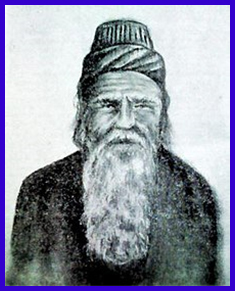
Rabbi Shalom Shabazi
One of the most famous and influential Jewish scholars of Yemen was Rabbi Shalom Shabazi who wrote over 1000 poetic works (Diwanim). He lived between the years 1619 and 1720.
Rabbi Shabazi was sometimes called the Shakespeare of Yemen and his works were studied by both Jews and Muslims at the time.
***********************
Timeline
Expulsion in 1679

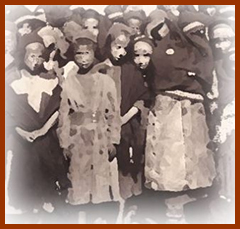
…Expulsion to
Mawza…
During the lifetime of Shabazi, Jews from across Yemen were forced into exile from their homes and sent to a bleak desert district called Mawza.
The journey and the difficult living conditions of Mawza resulted in the death of a large percentage of the community.
Some of Shabazi’s most famous poems were written during this difficult time.



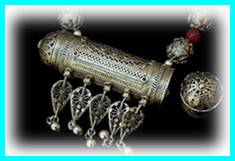
…Return to their villages..
Eventually, the Jews were allowed to return from Mawza, but mostly they could not go back to their original homes.
They continued to support learning centers for scholars. They lived relatively quiet but traditional lives and they developed unique skills based on the professions that they were allowed to hold.
Many of the Jews became gold and silver smiths and, with time, they became the most famous jewelers of the area – servicing the highest levels in the kingdom.
***********************
Timeline
Under the 2nd Ottoman Rule
(From 1849 until 1918 )
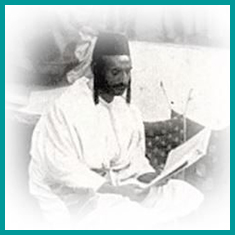
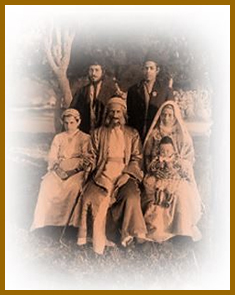
…Under control of the Ottoman Empire…
In 1849 the Ottoman Empire conquered Yemen for a second time. (The first attempt did not result in a very successful period of control by the Ottomans.) There were, as always, many different local rulers with different policies towards the Jews.
Throughout the period when the Ottomans controlled both Yemen and the holy land, individual Jews often took advantage of the political connection and moved to Israel. The main reason was to fulfill the commandment to care for and cherish the holy land.
As a result, a substantial community of Yemenite Jews already moved to the Holy Land by the end of the 1800s.
***********************
Timeline
19th Century CE
(late 1800s)
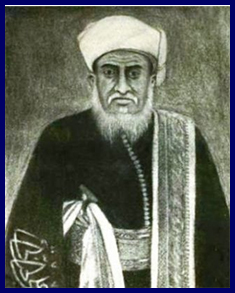
In the late 19th century (before the First World War began) there was a rebellion against the Turks in Yemen, and Imam Mohammed ibn Yahya founded a dynasty. Imam Yahya protected the Jews during his reign and they felt secure.
But in February 1948 Imam Yahya was assassinated in an attempted coup. Many people from places outside of Yemen, such as Baghdad, Cairo and Palestine, participated in helping with this coup and, immediately after the assassination of the Imam, the Jews were attacked and harassed.
***********************
Timeline
1948-50
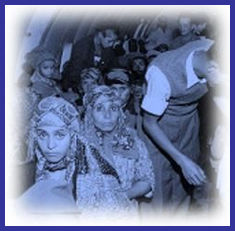

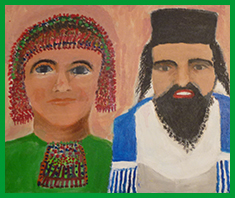
‘On Wings of Eagles’
Covert Operation
The assassination of the Imam happened at around the same time as the creation of the State of Israel. Many people in Yemen began to think of the Jews as their enemies, even though Jews of Yemen lived there for more than two thousand years.
Without the protection of the Imam, the Jews felt threatened.
As a result of the increased pogroms and threats against the Jews, the Jews of Yemen began a massive exodus from Yemen to the newly established Jewish state. A covert operation was organized by the new State of Israel and the Jewish Joint Distribution committee. The operation was called ‘On Wings of Eagles’ and about 50,000 Jews were airlifted from Yemen and joined the existing community of close to 40,000 Yemenite Jews in Israel.
***********************
Timeline
Today
Today there are almost no Jews left in Yemen. The Yemenite Jews in Israel have integrated and many have prospered.

